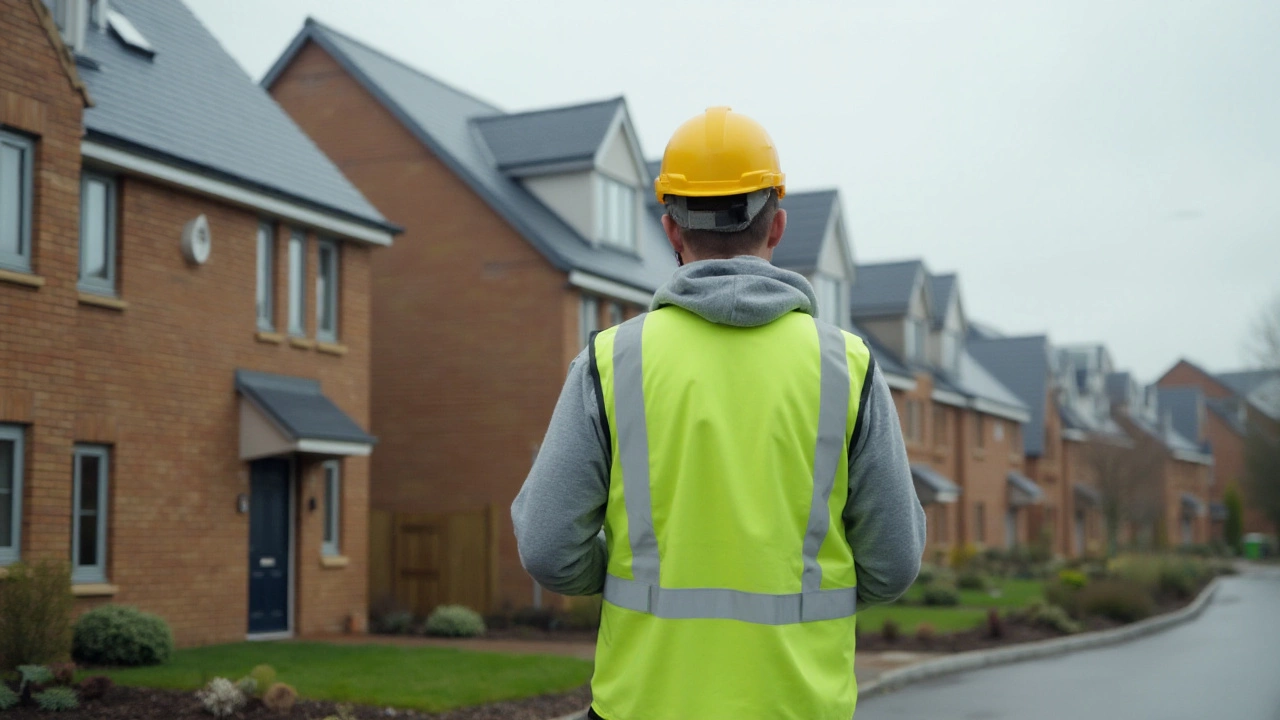In the world of new home construction, understanding what constitutes a defect is critical. Though a new build might appear flawless, hidden issues can arise. Construction defects range from cosmetic issues to structural problems. Identifying these early can save homeowners from future troubles and unexpected expenses. This article explores typical defects in new constructions and provides insights on prevention and resolution.
Construction Defects: Spotting, Fixing, and Preventing Common Issues
If you’ve ever walked into a new home and noticed a crack in the wall or a draft under the door, you’ve probably seen a construction defect. These problems range from tiny nail pops to serious foundation shifts, and they can cost you time, money, and peace of mind. The good news? Most defects are easier to catch early and fix before they become expensive nightmares.
Typical Signs of Defects
First thing you should look for is any change in the building’s shape. Uneven floors, walls that don’t sit straight, or doors that stick are red flags. Water stains on ceilings or around windows often point to roofing or waterproofing issues. Cracks that appear suddenly, especially diagonal ones, can signal movement in the foundation. If you hear squeaking when you walk across a floor, it might mean joists are not properly secured.
Don’t ignore small things. A single loose tile, a flickering light switch, or a door that won’t close can be the first sign of a larger problem. Keep an eye on any new noises – popping, creaking, or shifting sounds often mean something is moving where it shouldn’t.
How to Deal with Defects
When you spot a defect, document it. Take clear photos, note the date, and write down exactly what you see. This record helps you talk to builders, insurers, or a third‑party inspector. Next, get a professional assessment. A qualified surveyor or structural engineer can tell you whether the issue is cosmetic or structural.
If the defect is covered by a warranty or insurance, contact the relevant party right away. Most policies require you to report problems as soon as you notice them, otherwise you might lose coverage. For minor cosmetic fixes, you can often handle them yourself – re‑grout a tile, tighten a loose screw, or apply a sealant to a small crack.
For bigger problems like foundation settlement or extensive water ingress, you’ll need a specialist. They’ll recommend a remediation plan that may involve underpinning, waterproof membranes, or rebuilding sections of the wall. Always ask for a written quote and timeline before work starts.
Prevention is cheaper than repair. Choose reputable builders who follow the latest building codes and use quality materials. Regular maintenance, like clearing gutters and checking seals around windows, catches issues before they spread.
In short, stay observant, act fast, and don’t be afraid to bring in experts. Spotting construction defects early saves you from larger headaches down the line, and ensures your home stays safe and comfortable for years to come.
